Norbert Schoerner’s AI art redefines image-making
Norbert Schoerner uses machine-learning technology to translate text into images – explore his AI art here and at his ‘Decoy’ exhibition at London’s Fitzrovia Chapel
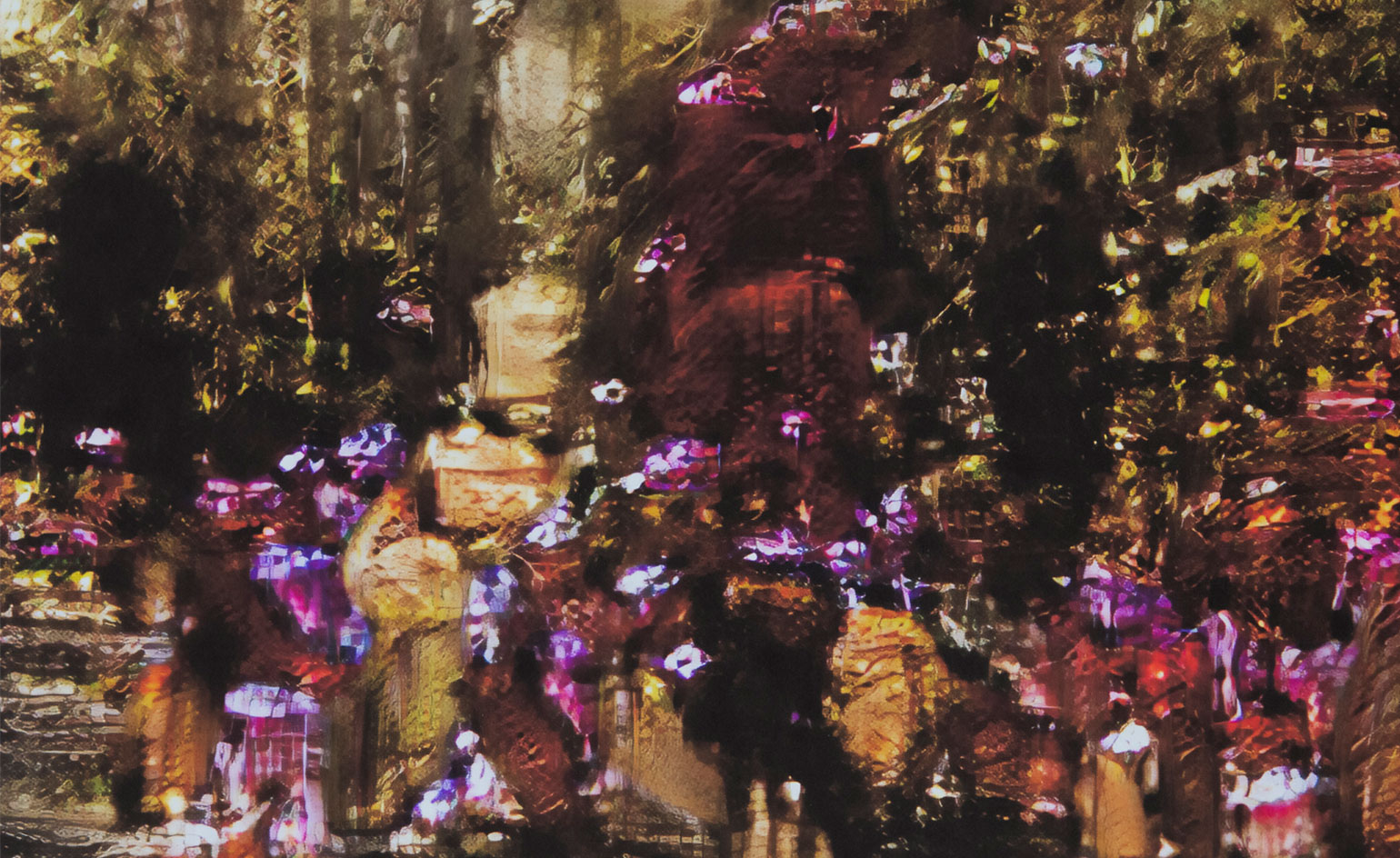
Generative Adversarial Network, or GAN, is a machine-learning framework that can create new data – whether image, sound or video – by analysing and transforming large datasets. It is the technology behind Deepfakes, which have stirred widespread controversy of late for their potential to spread misinformation and cause reputational damage.
In the hands of German artist and photographer Norbert Schoerner, however, a GAN has become an artistic collaborator. Feeding brief textual vignettes into the framework, he generates digital PNG files that are at once alluring and disquieting. They challenge conventional notions of art-making, as well as our understanding of what we see when we look at an image.
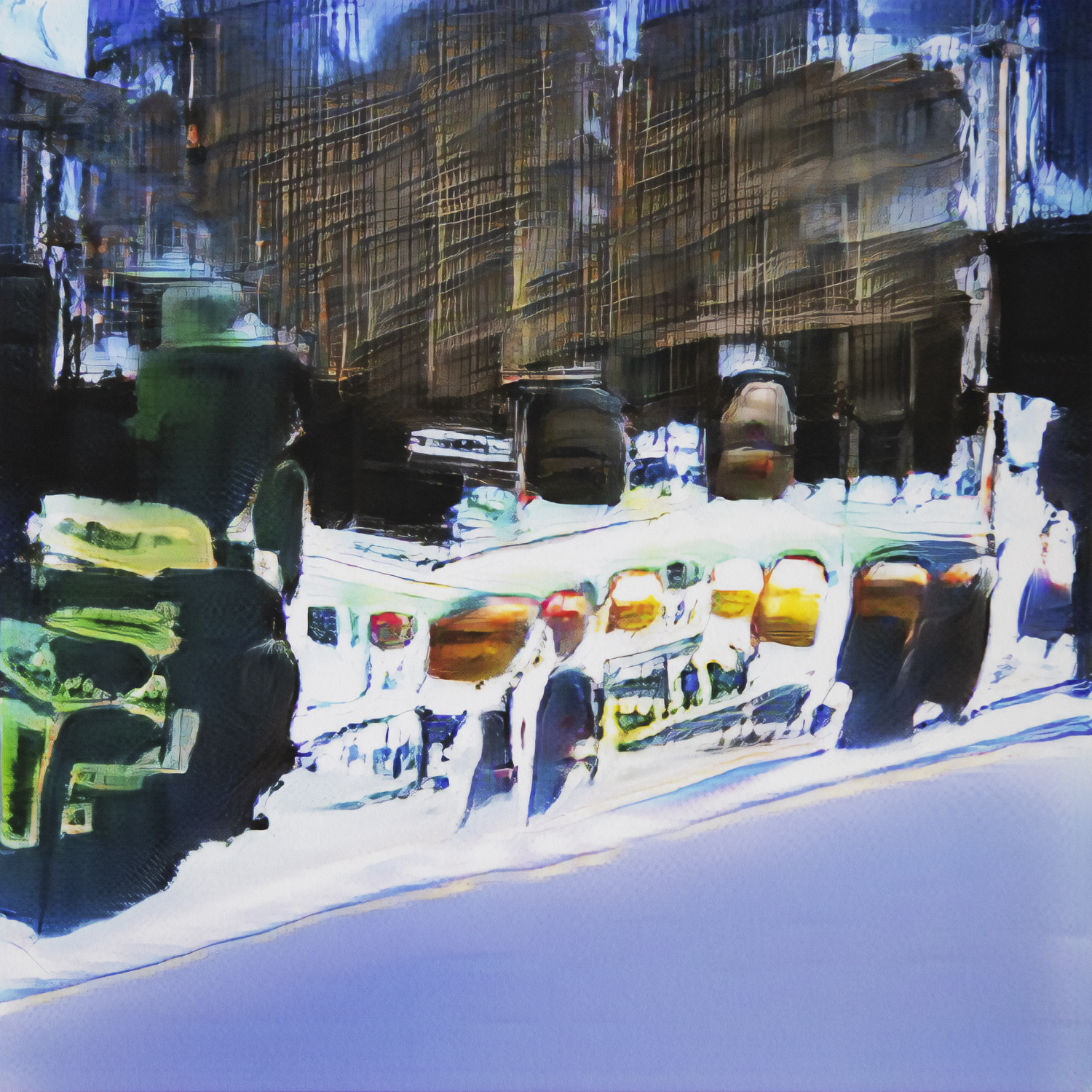
His exhibition ‘Decoy’, currently on view at a Gothic revival chapel in London’s Fitzrovia, brings together 14 abstract, eerie pieces produced with the assistance of a GAN. It follows on a project titled Pictures I Never Took, which investigated the relationship between text and image, creation and perception.
The exhibition is split into two parts: the first consists of a series of plates laden with text, which the photographer likens to opthamologists’ charts. ‘They describe photographic images and encounters,’ explains Schoerner.
The second part sees the texts fed into a ‘story-to-image generator’ – a GAN-based system that has been trained on machine-learning image datasets, to give visual form to what has been described in writing.
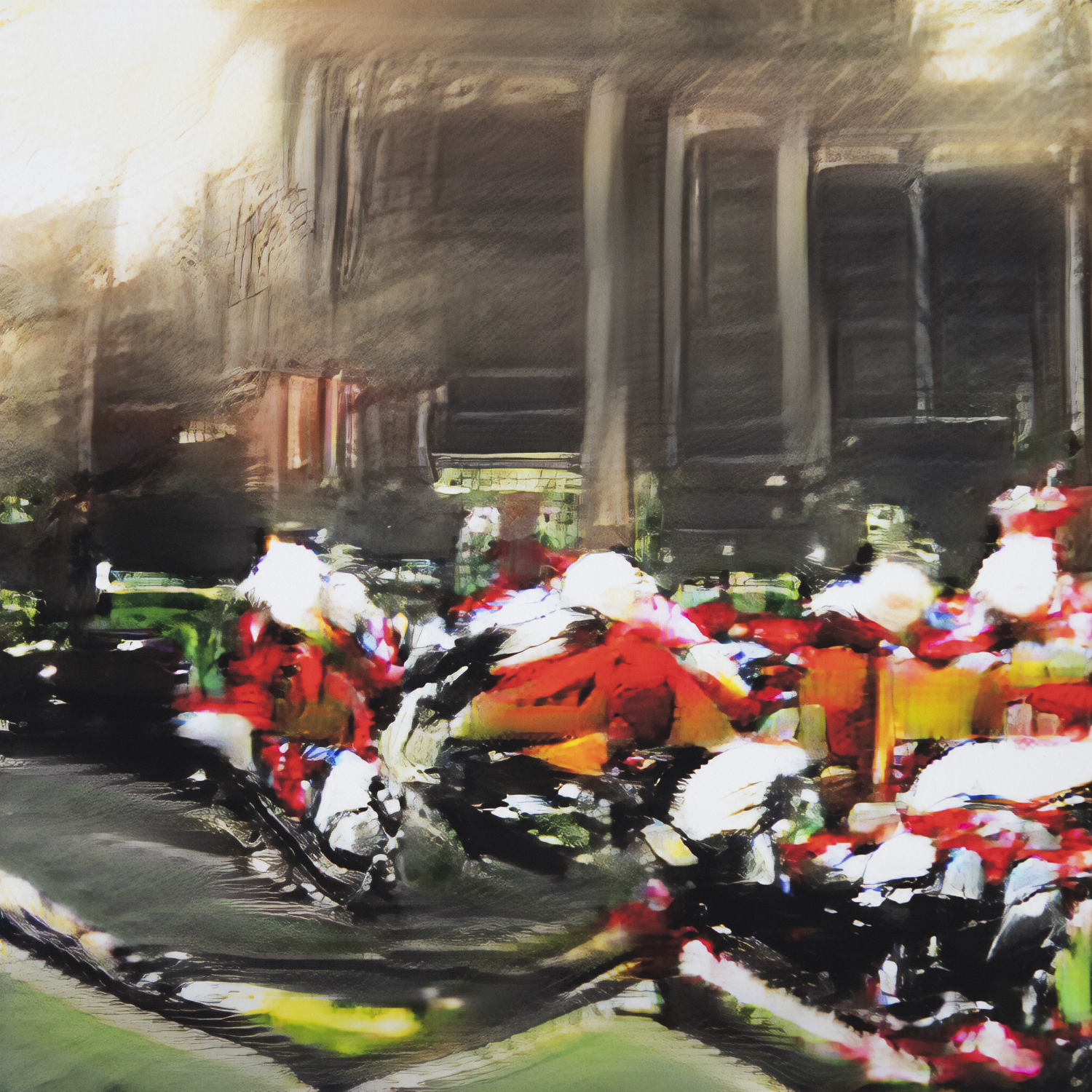
AI art: ‘a new imagination at work’
Schoerner describes the works as ‘worlds presented by a new imagination at work, an intelligence other than our own; they are flowers of unknowable romance pulled from unfamiliar fields of information’.
Beyond opening our eyes to the aesthetic capabilities of artificial intelligence, he would also like us to reconsider the way in which we connect with art. Referring to ‘this age of sensory and visual overload’, he questions whether we ever spent enough time in front of the same image – or if we’re so accustomed to skimming that we fail to remember with precision. The images we’ve seen become distorted in our minds, like the ones created by his GAN-based system.
Receive our daily digest of inspiration, escapism and design stories from around the world direct to your inbox.
He concludes: ‘This inability to hold on to facts and experiences, I want to suggest, limits the extent of our imagination and can be a challenge to our emotional wellbeing.’


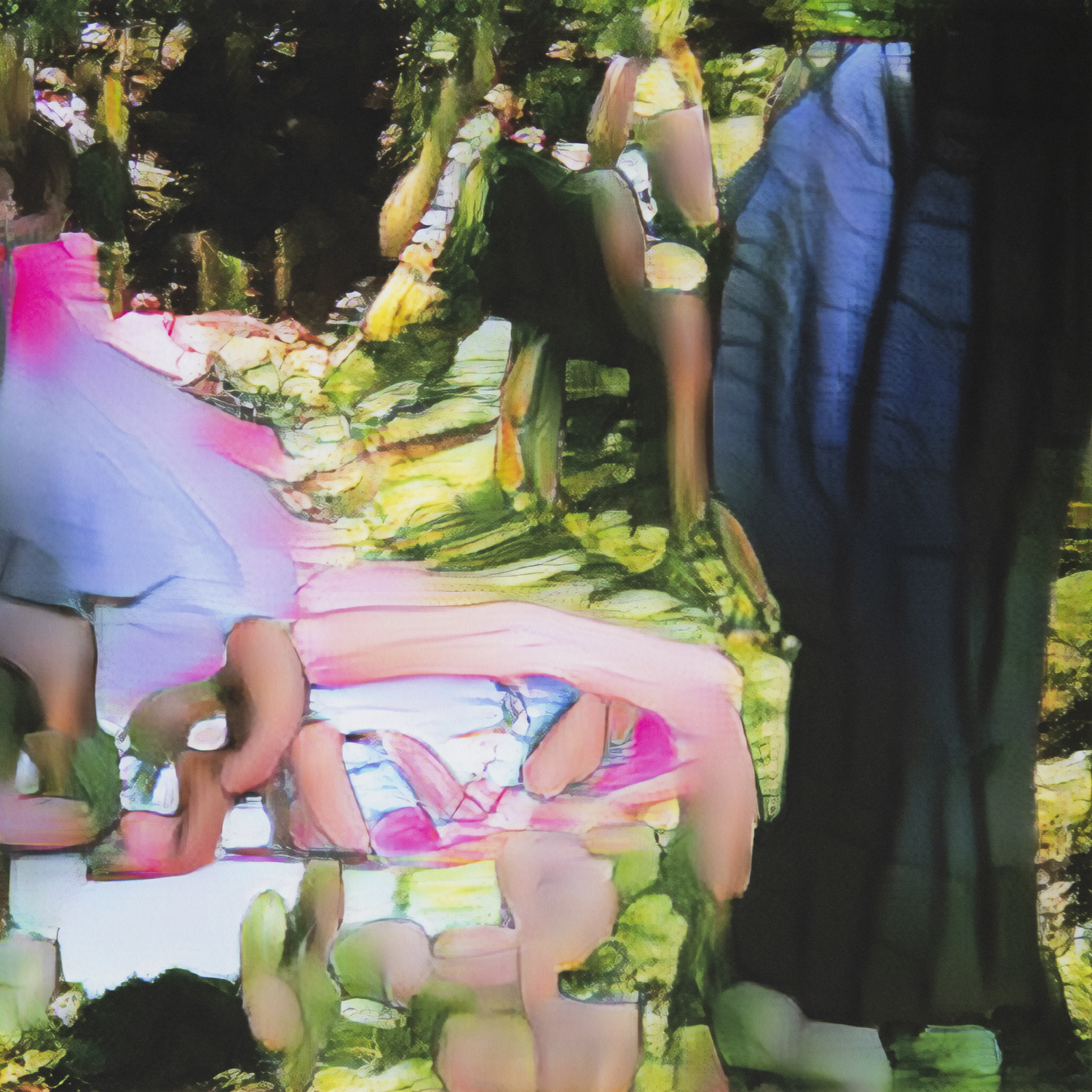
INFORMATION
Norbert Schoerner, ‘Decoy’, until 2 October 2021, Fitzrovia Chapel, fitzroviachapel.org
-
 The most anticipated hotel openings of 2026
The most anticipated hotel openings of 2026From landmark restorations to remote retreats, these are the hotel debuts shaping the year ahead
-
 Is the future of beauty skincare you can wear? Sylva’s Tallulah Harlech thinks so
Is the future of beauty skincare you can wear? Sylva’s Tallulah Harlech thinks soThe stylist’s label, Sylva, comprises a tightly edited collection of pieces designed to complement the skin’s microbiome, made possible by rigorous technical innovation – something she thinks will be the future of both fashion and beauty
-
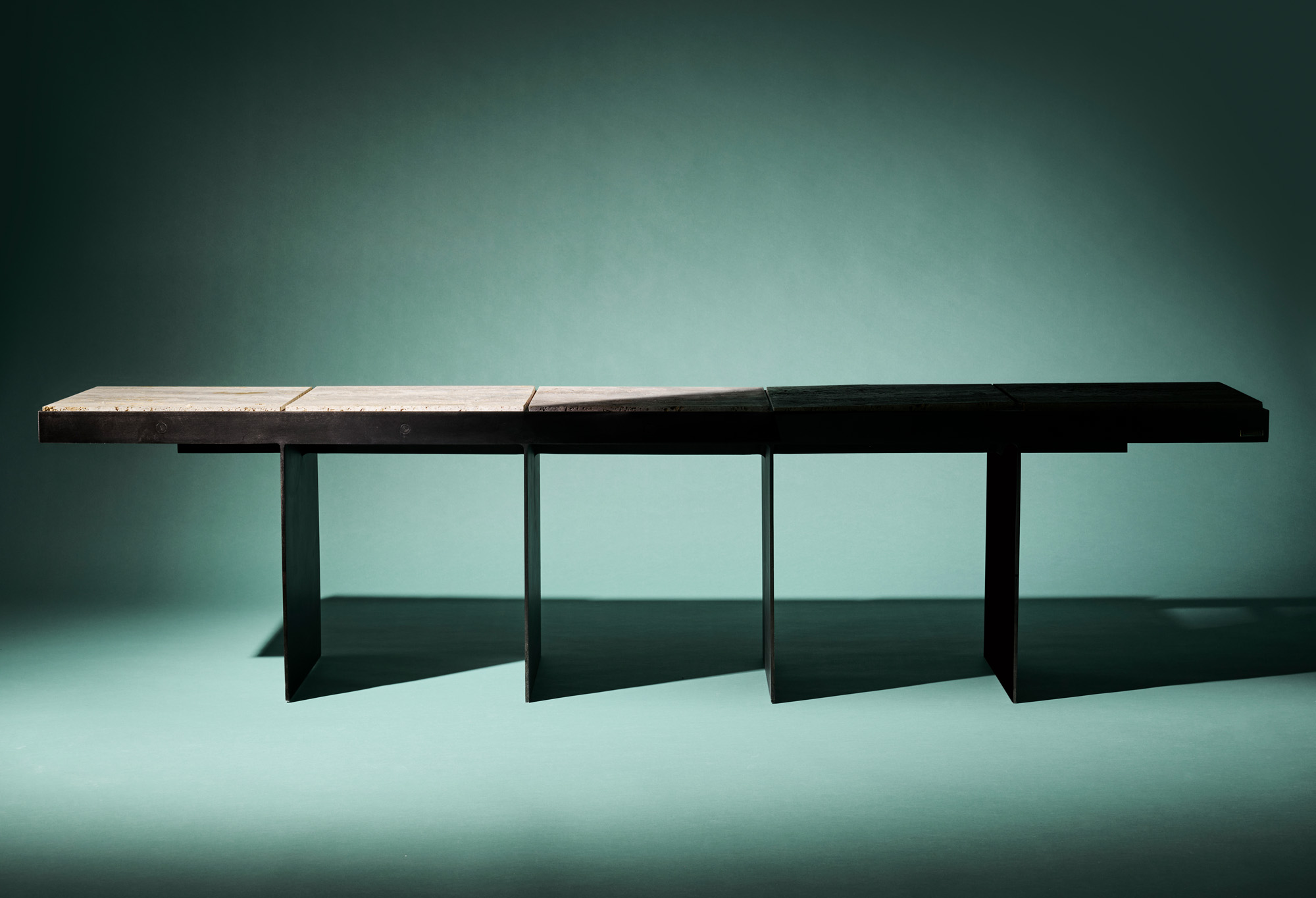 A resort, ravioli and a rocket are just a few of the ongoing projects from British-Indian designer Armaan Bansal
A resort, ravioli and a rocket are just a few of the ongoing projects from British-Indian designer Armaan BansalWallpaper* Future Icons: Anda Ba studio founder Armaan Bansal draws inspiration from India's natural materials and contemporary London culture
-
 Out of office: The Wallpaper* editors’ picks of the week
Out of office: The Wallpaper* editors’ picks of the week'Tis the season for eating and drinking, and the Wallpaper* team embraced it wholeheartedly this week. Elsewhere: the best spot in Milan for clothing repairs and outdoor swimming in December
-
 Out of office: The Wallpaper* editors’ picks of the week
Out of office: The Wallpaper* editors’ picks of the weekFar from slowing down for the festive season, the Wallpaper* team is in full swing, hopping from events to openings this week. Sometimes work can feel like play – and we also had time for some festive cocktails and cinematic releases
-
 The Barbican is undergoing a huge revamp. Here’s what we know
The Barbican is undergoing a huge revamp. Here’s what we knowThe Barbican Centre is set to close in June 2028 for a year as part of a huge restoration plan to future-proof the brutalist Grade II-listed site
-
 Out of office: The Wallpaper* editors’ picks of the week
Out of office: The Wallpaper* editors’ picks of the weekIt’s wet, windy and wintry and, this week, the Wallpaper* team craved moments of escape. We found it in memories of the Mediterranean, flavours of Mexico, and immersions in the worlds of music and art
-
 Each mundane object tells a story at Pace’s tribute to the everyday
Each mundane object tells a story at Pace’s tribute to the everydayIn a group exhibition, ‘Monument to the Unimportant’, artists give the seemingly insignificant – from discarded clothes to weeds in cracks – a longer look
-
 Out of office: The Wallpaper* editors’ picks of the week
Out of office: The Wallpaper* editors’ picks of the weekThis week, the Wallpaper* team had its finger on the pulse of architecture, interiors and fashion – while also scooping the latest on the Radiohead reunion and London’s buzziest pizza
-
 Out of office: The Wallpaper* editors’ picks of the week
Out of office: The Wallpaper* editors’ picks of the weekIt’s been a week of escapism: daydreams of Ghana sparked by lively local projects, glimpses of Tokyo on nostalgic film rolls, and a charming foray into the heart of Christmas as the festive season kicks off in earnest
-
 Wes Anderson at the Design Museum celebrates an obsessive attention to detail
Wes Anderson at the Design Museum celebrates an obsessive attention to detail‘Wes Anderson: The Archives’ pays tribute to the American film director’s career – expect props and puppets aplenty in this comprehensive London retrospective